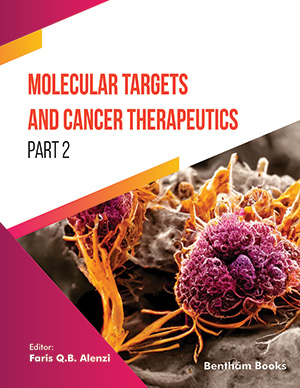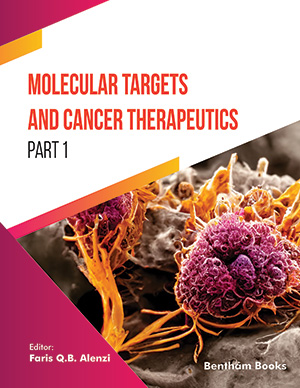
Abstract
The aim of this study was to compare the results of nor-cholesterol scintigraphy and those of magnetic resonance imaging (MRI) in characterizing adrenal adenomas and differentiating between hypersecreting and nonhypersecreting lesions. We studied 41 patients (18 M and 23 F, mean age 47±15 years) with hypersecreting (n=19) or non-hypersecreting (n=22) unilateral adrenal tumors; all patients underwent iodine-131 nor-cholesterol adrenal scintigraphy and MRI studies. Pathology examinations (n=26) or follow-up data (n=15) were obtained showing 34 adenomas, 2 cysts, 1 myelolipoma, 1 pheochromocytoma, 1 carcinoma and 2 metastases. Imaging studies were qualitatively evaluated and the corresponding results were classified as true-positive, true-negative, false-positive and false-negative calculating diagnostic accuracy of each test. Imaging studies were also quantitatively assessed comparing nor-cholesterol uptake and MRI signal intensity ratios (SIRs) in hypersecreting and non-hypersecreting adenomas. The diagnostic accuracies of norcholesterol scintigraphy (95%) and MRI (93%) to identify adrenal adenomas were comparable; however, while a significantly (p=0.01) higher nor-cholesterol uptake was observed in hypersecreting (n=19) adenomas compared to nonhypersecreting (n=15) lesions, no significant differences in MRI SIRs were found in this comparative analysis; furthermore, no significant difference in tumor size occurred between hypersecreting and non-hypersecreting adenomas. In conclusion, adrenal scintigraphy using nor-cholesterol and MRI are both able to accurately identify cortical adenomas; in particular, while quantitative analysis of nor-cholesterol uptake is effective to differentiate between hypersecreting and nonhypersecreting adenomas, MRI SIRs evaluation is not useful for this purpose. These findings have relevant clinical implications particularly in patients with non-hypersecreting adenomas; in such patients, laboratory data are not helpful for lesion diagnosis, while imaging findings allow tumor characterization; in particular, the lower nor-cholesterol uptake observed in non-hypersecreting adenomas might reflect the normal hormone synthesis status of these lesions and, thus, regular secretion.
Keywords: Nor-cholesterol, MRI, imaging characterization, adrenals, adenomas
 10
10






















